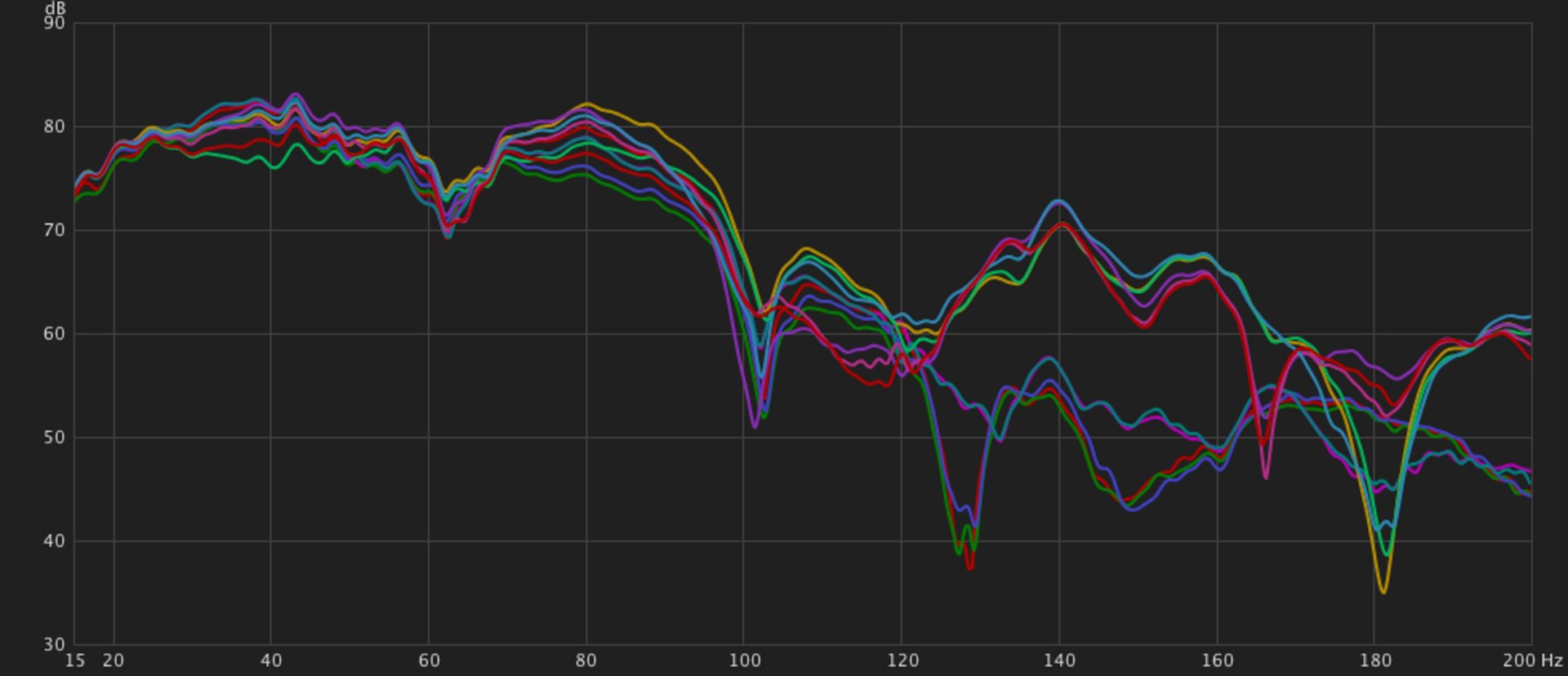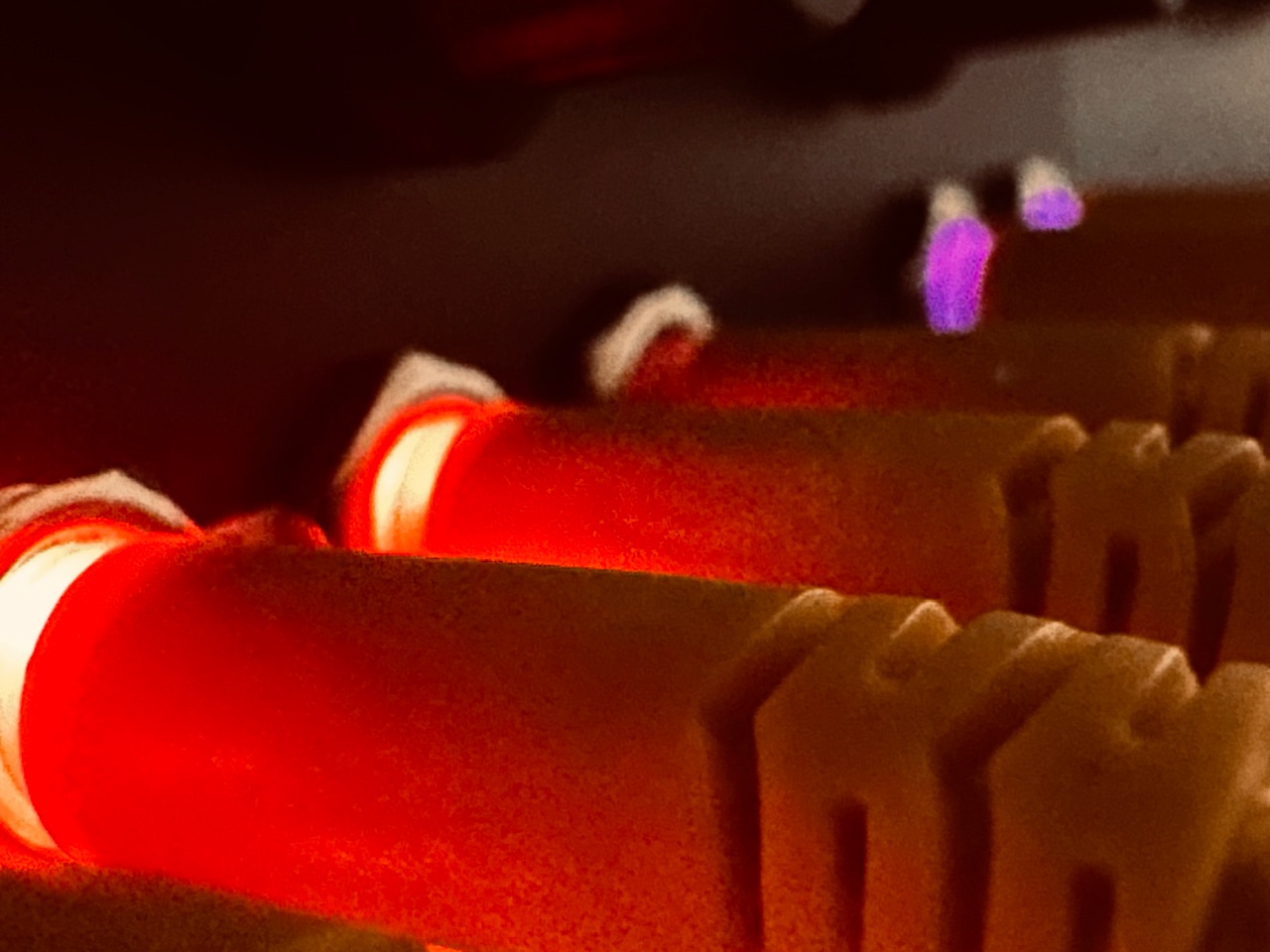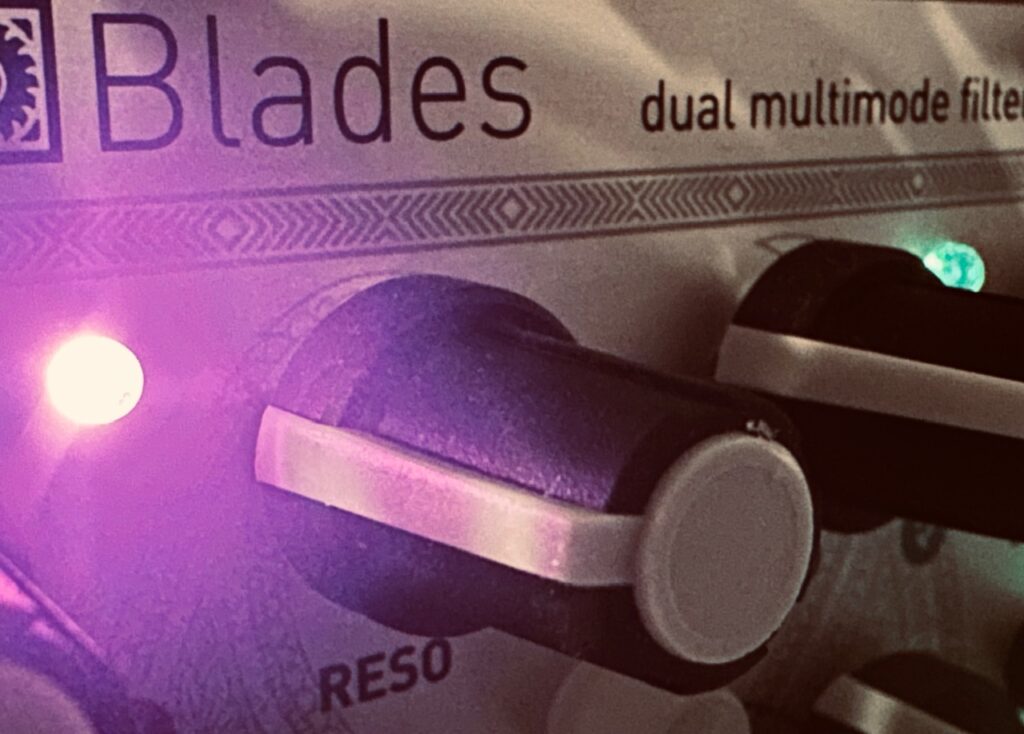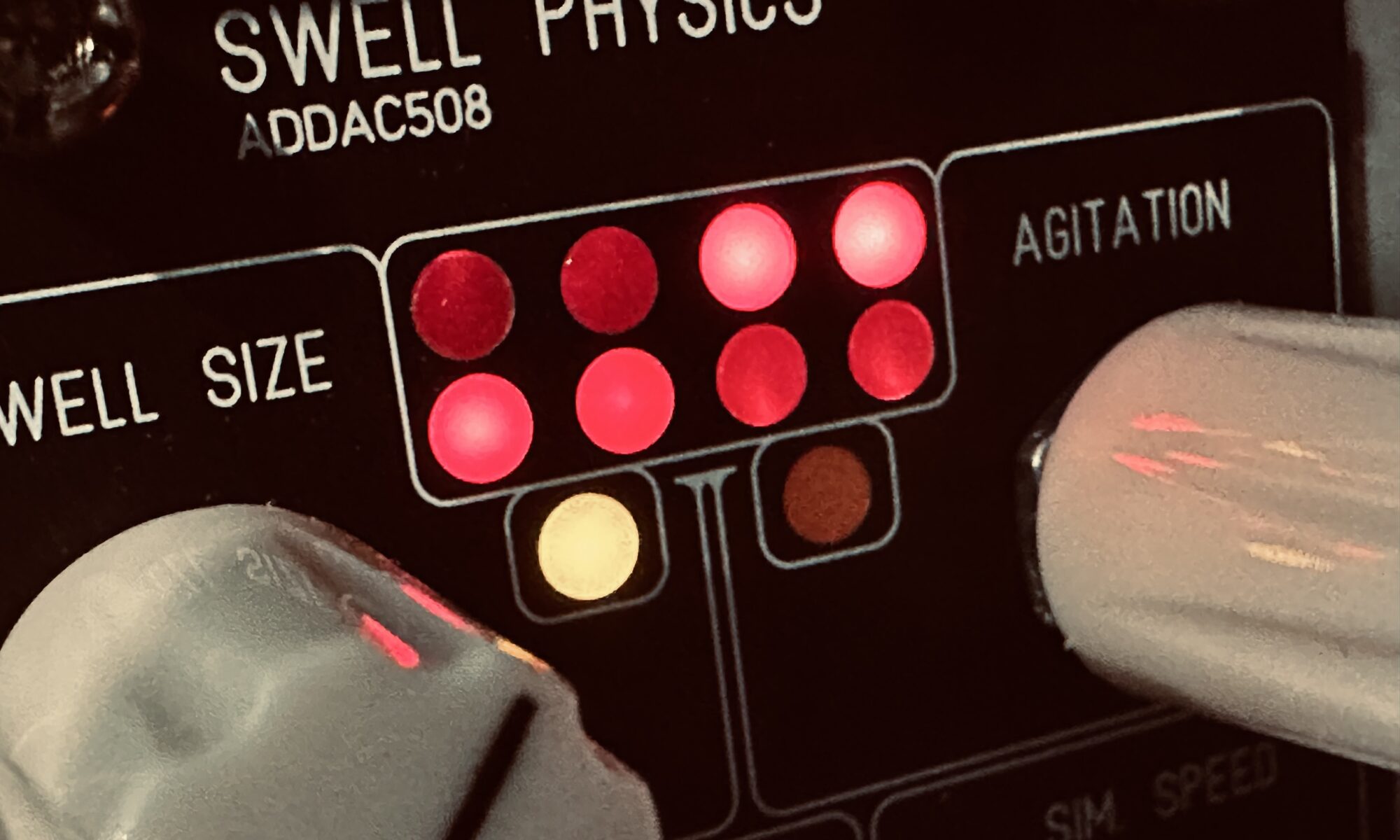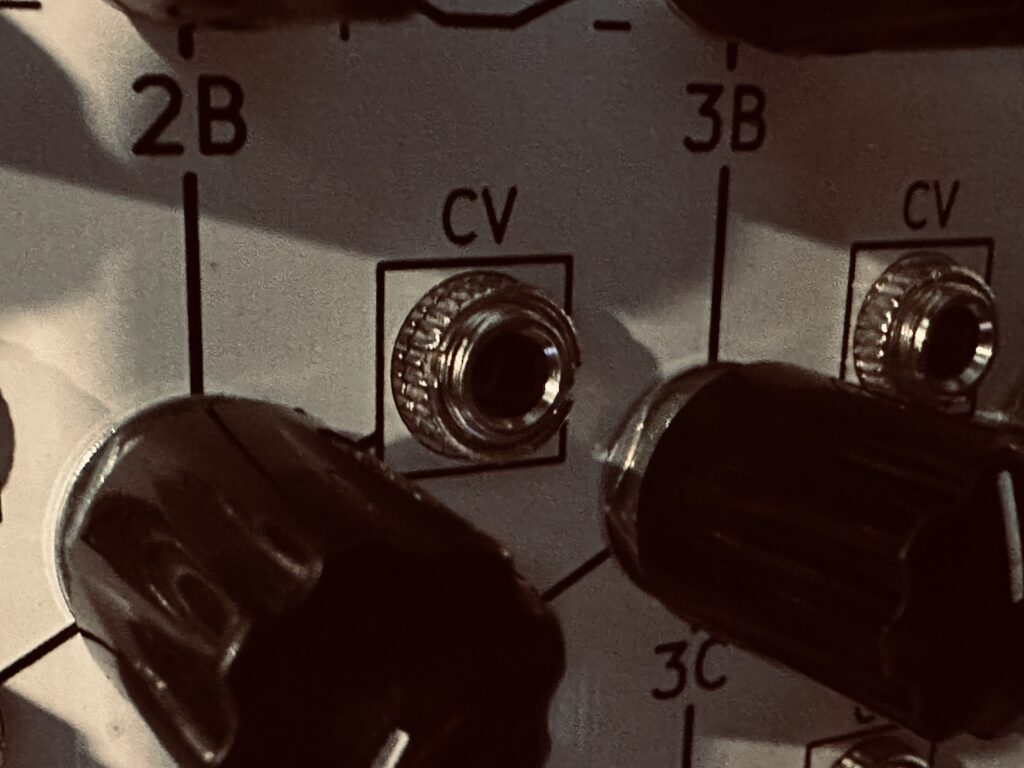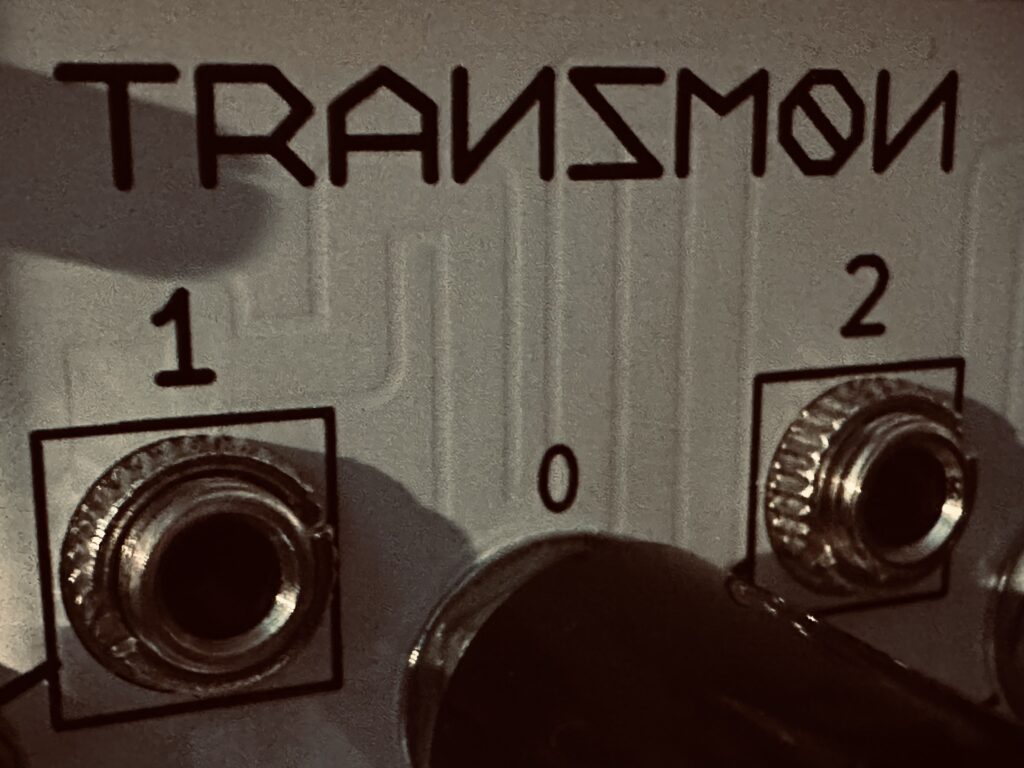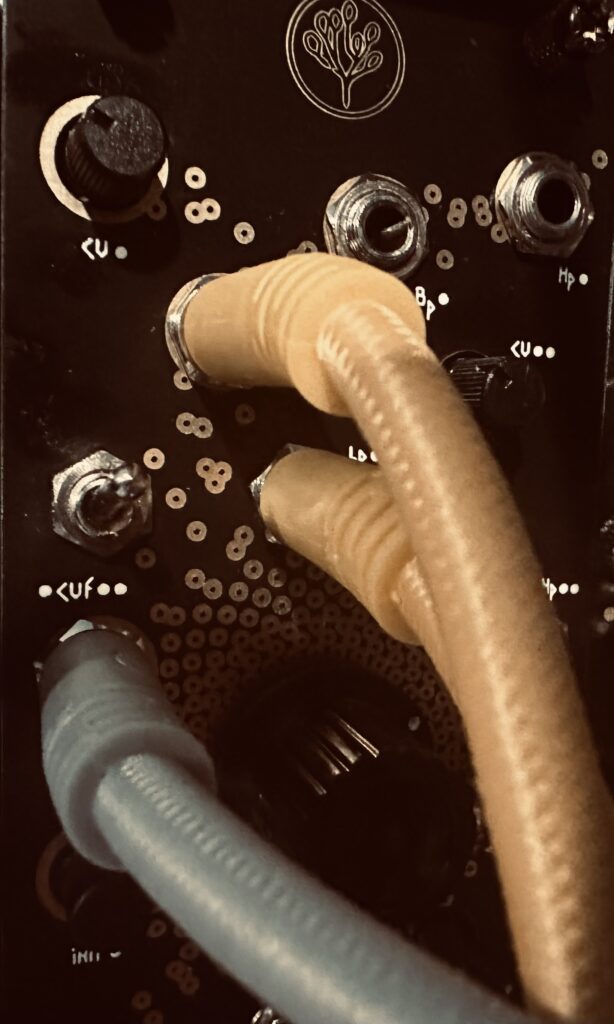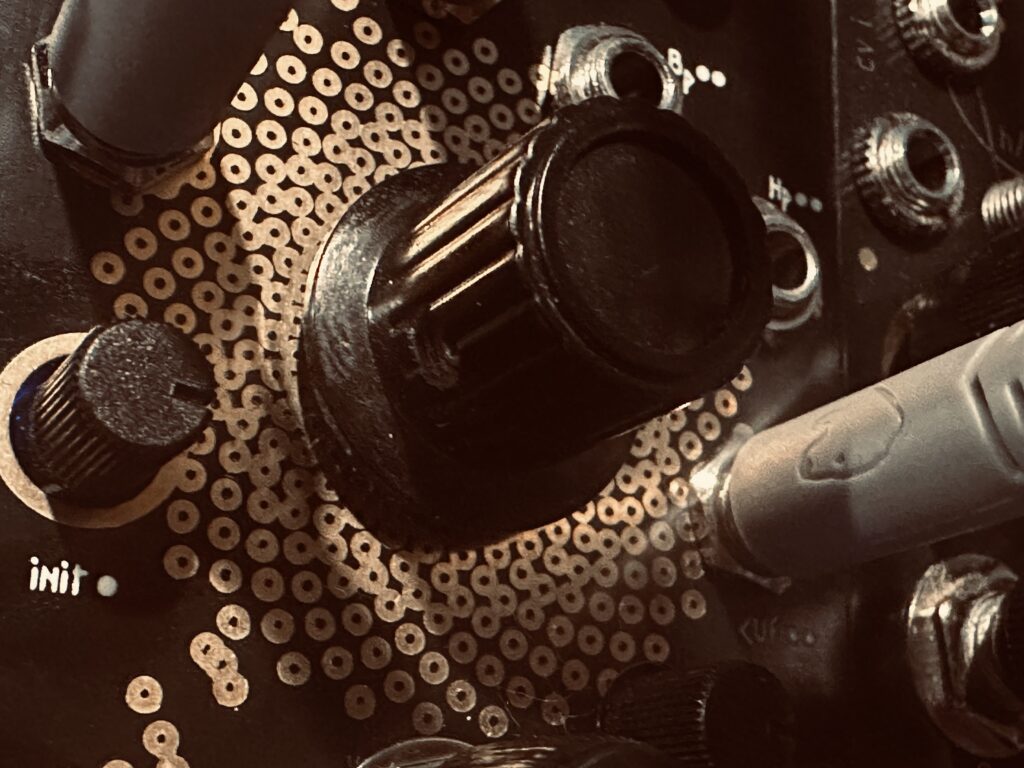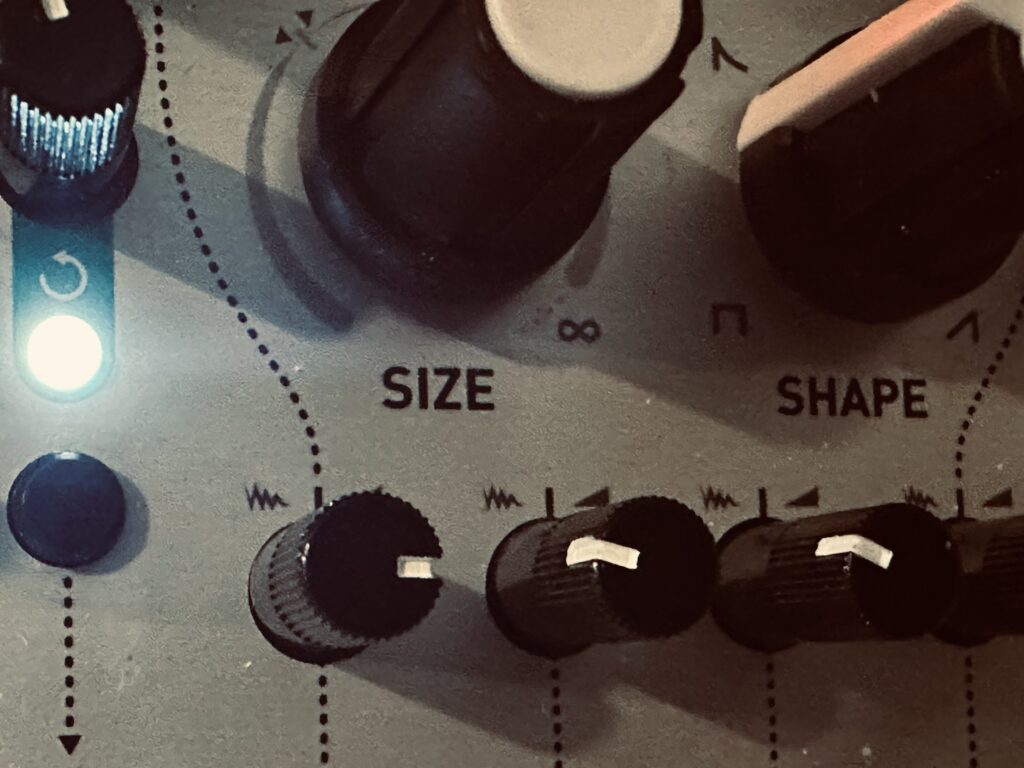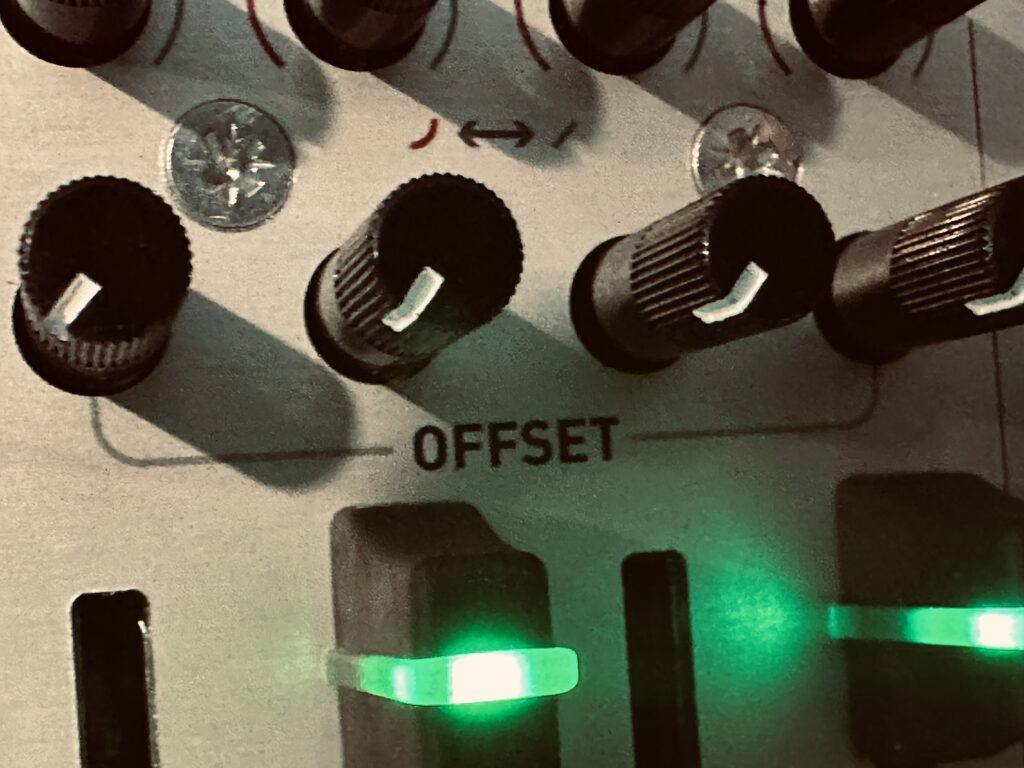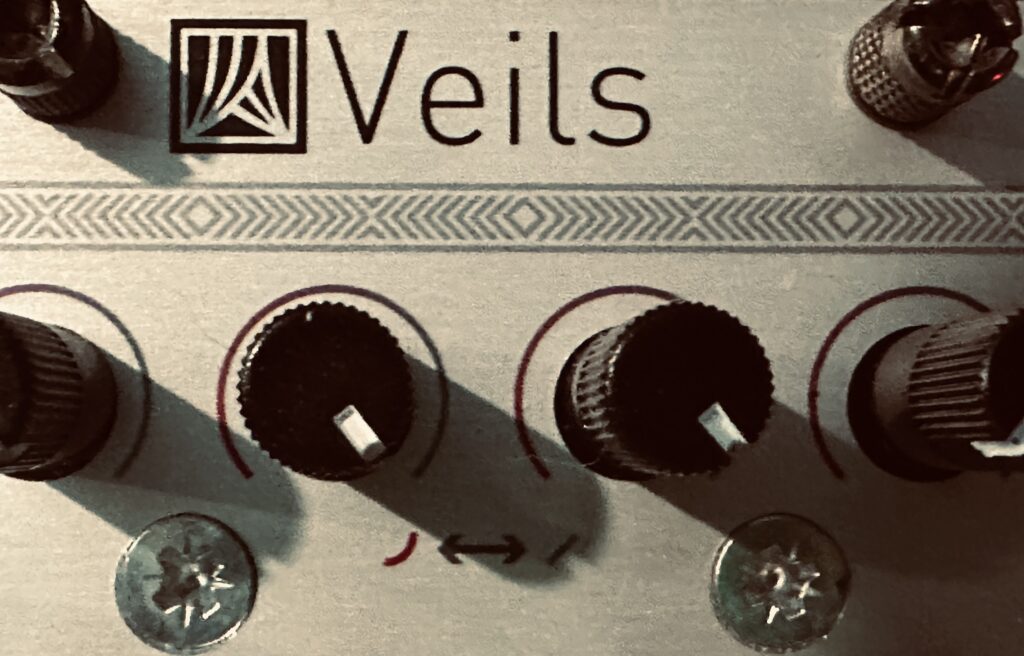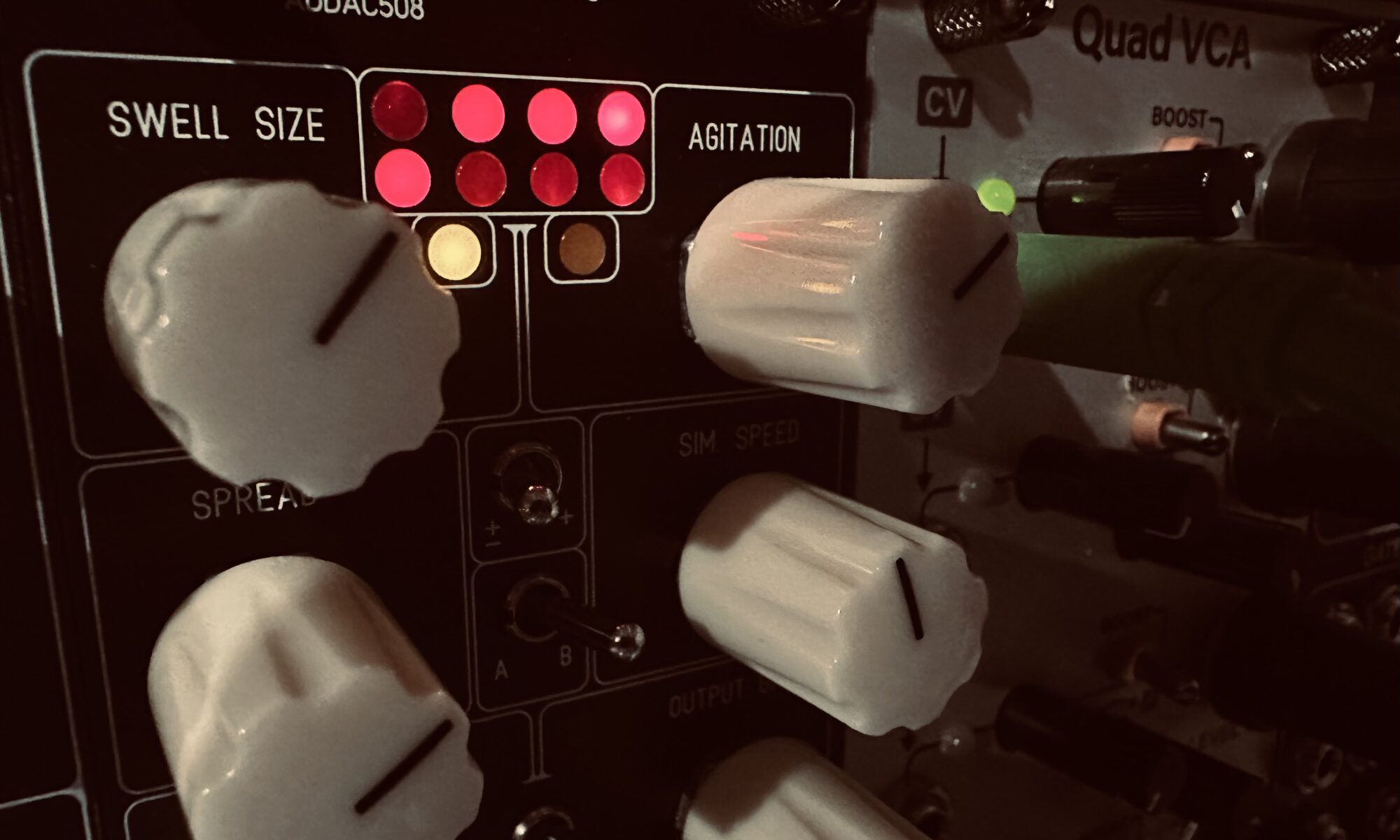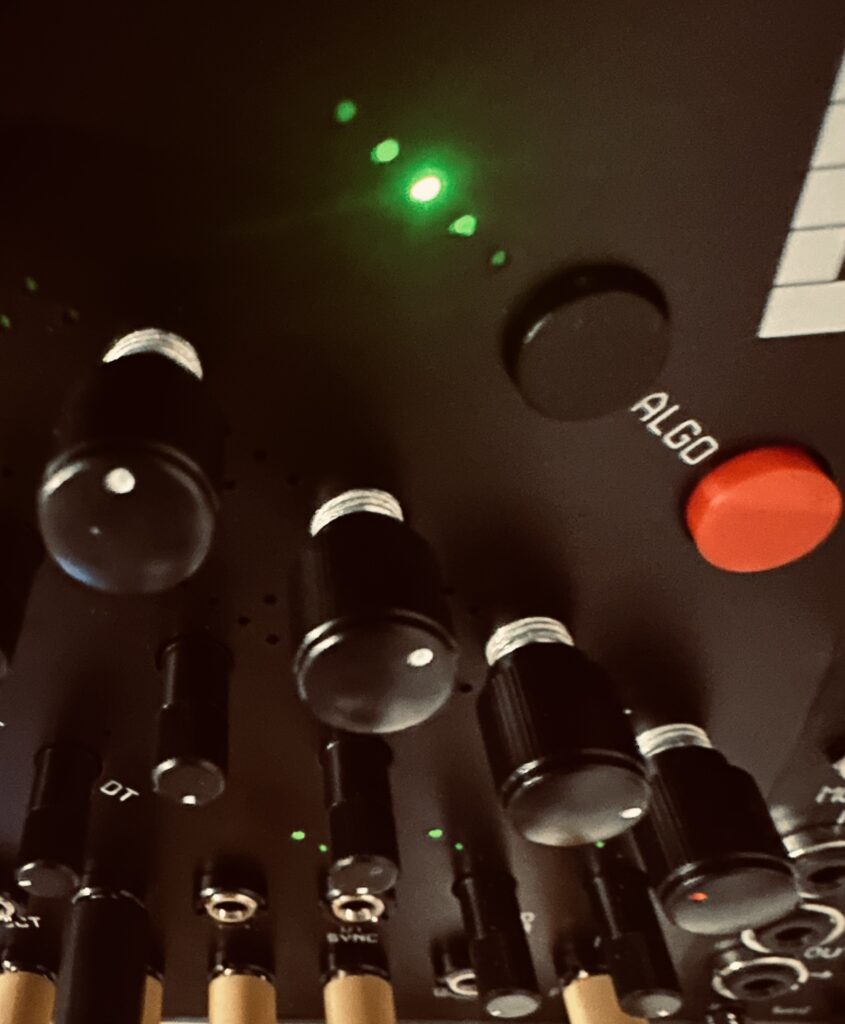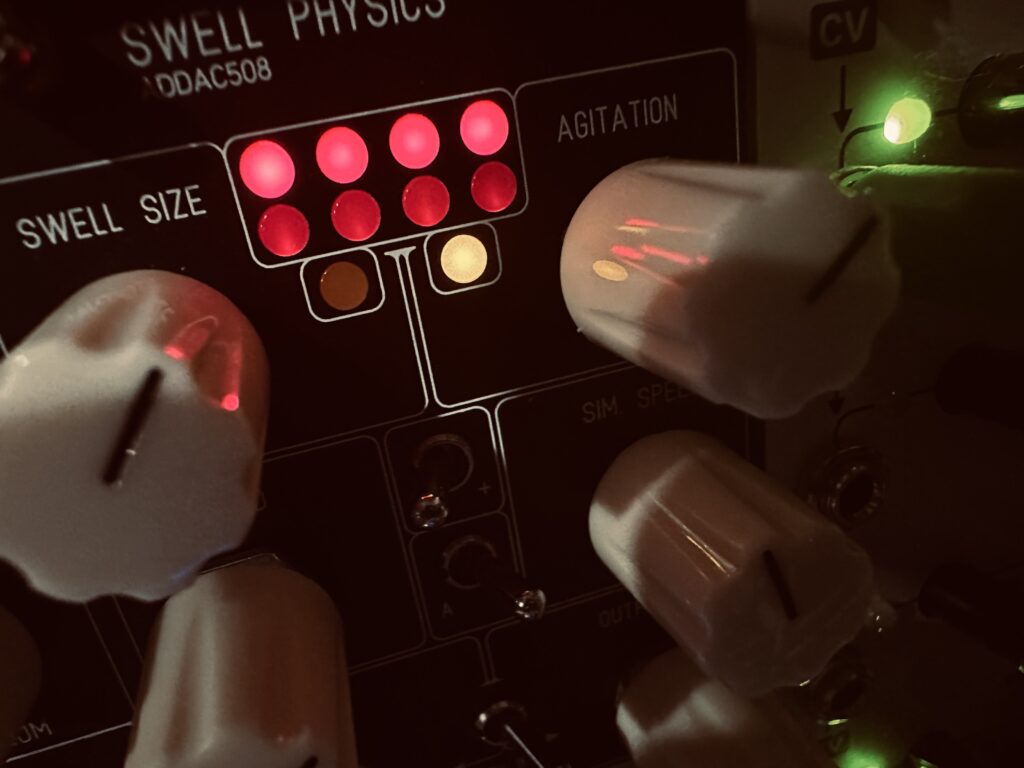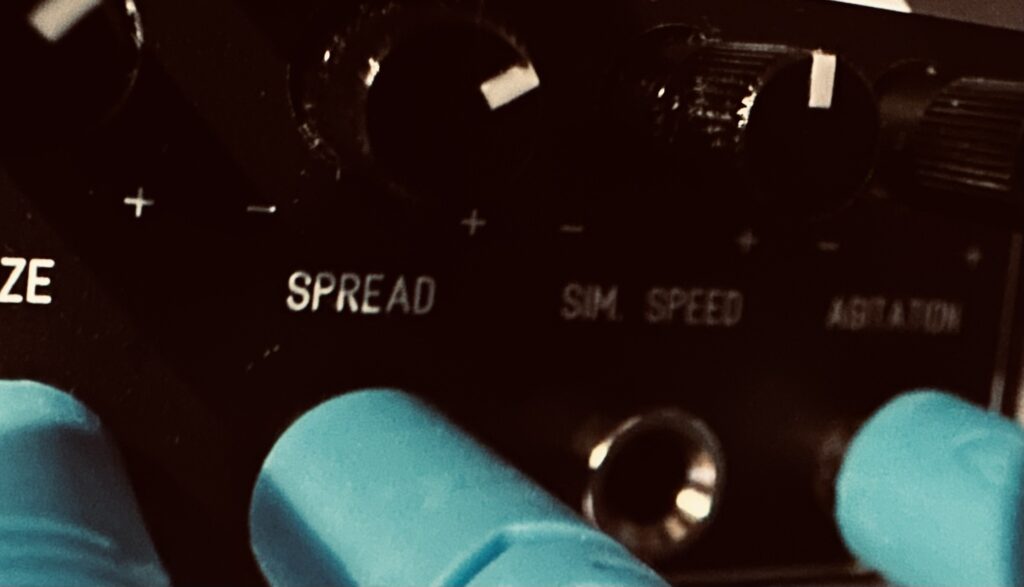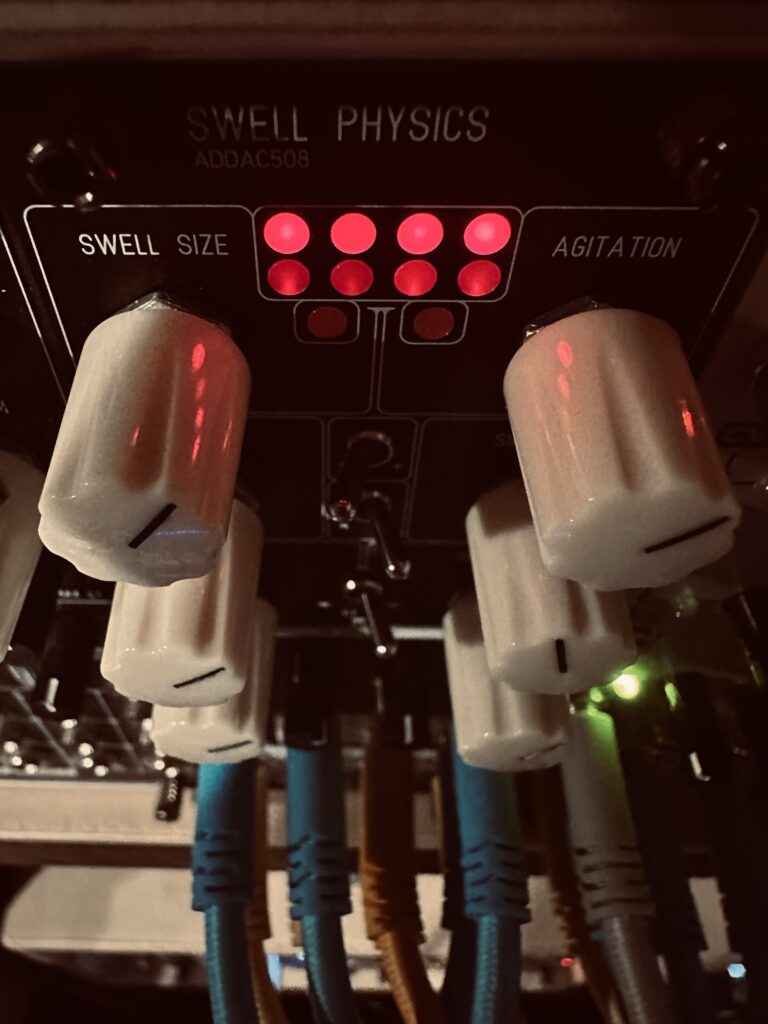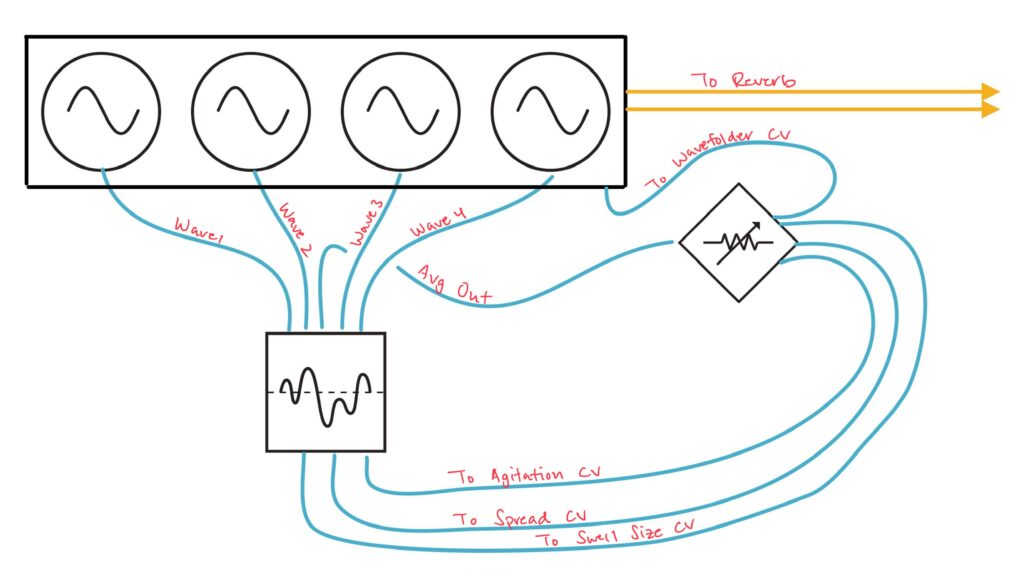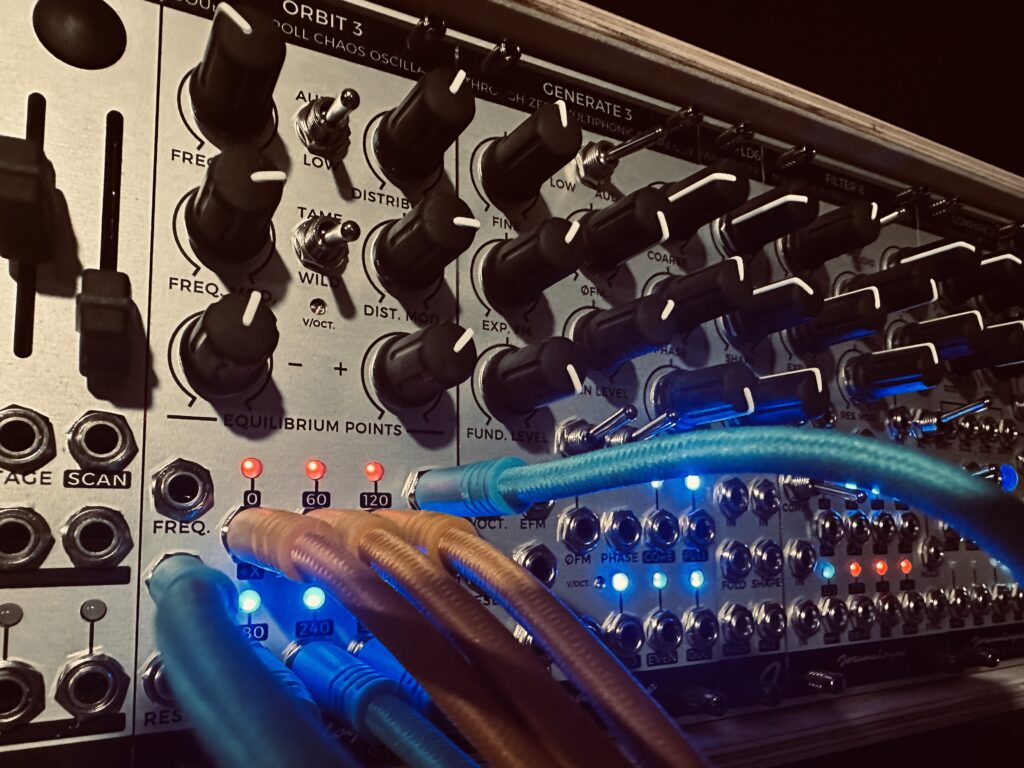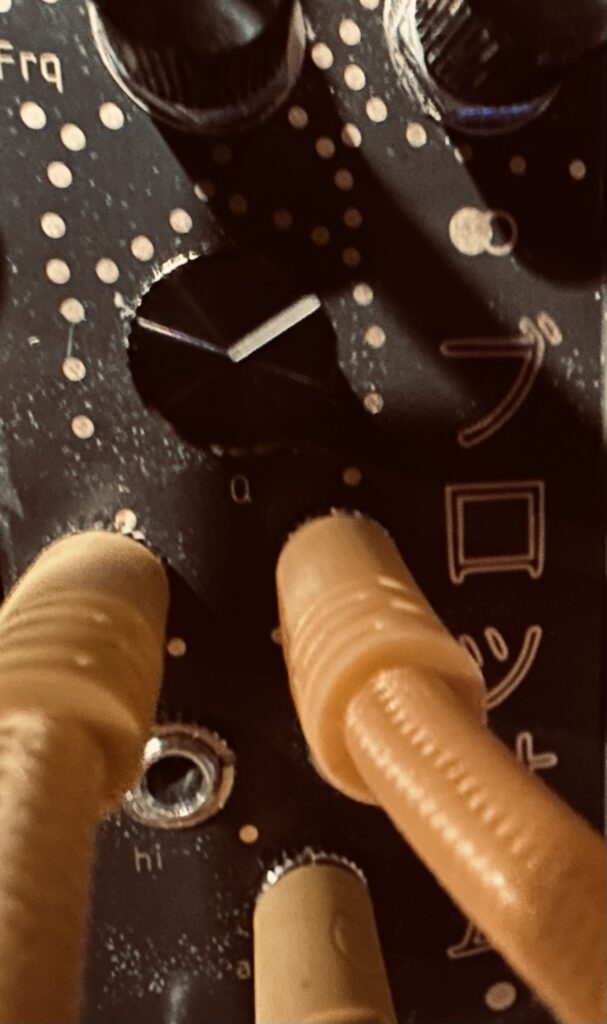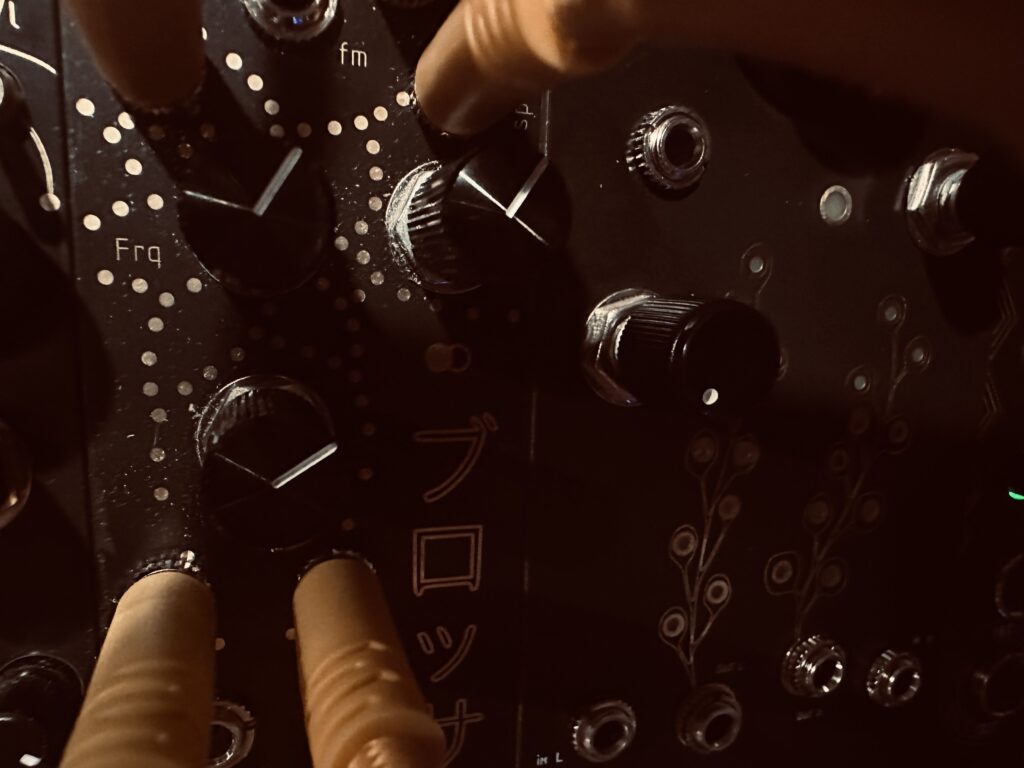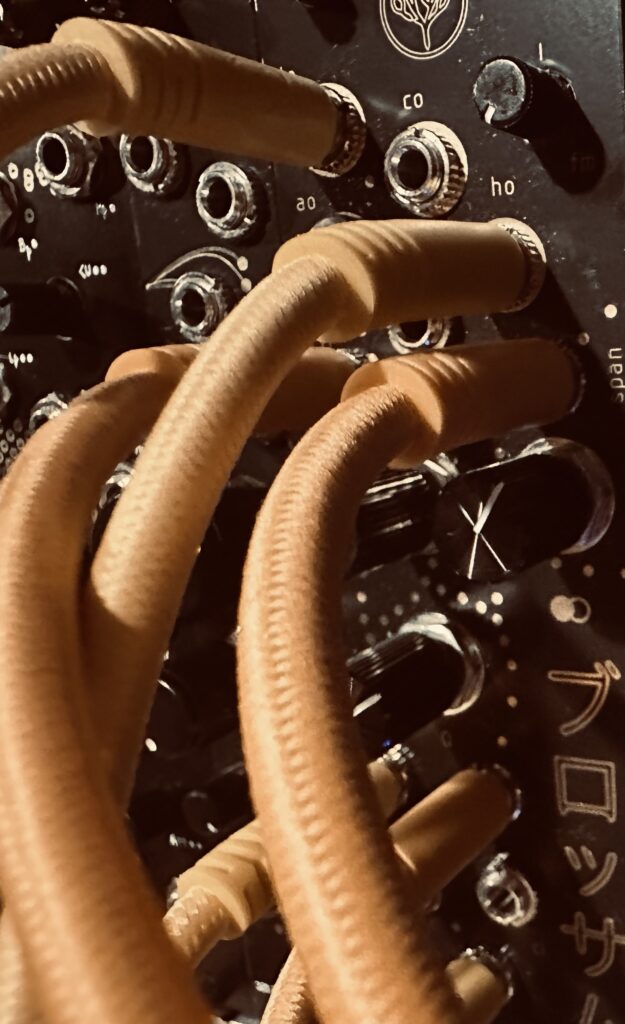I wasn’t sure what I wanted to do today. I initially settled on a simple piano into an occasionally reversed delay patch, but wanted more than this very Rings-into-Clouds-like aesthetic. If I wanted that today, I’d just use Rings-into-Beads. But there’s a new module I recently got, and it was kinda staring at me wide-eyed, asking “Can you play with me now?”, akin to a small boy begging his busy father for just a few minutes of time. Or something like that. Whatever.
I was set on buying the new Cutlasses Gloop the very first time I saw it. Gloop is a four head tape looper. Each head can be played simultaneously, in either direction at various speeds. Each head can play the entire loop or any snippet down to small grains. It’s a fantastic looper on paper. I received it a couple of weeks ago, but just hadn’t gotten around to playing it yet. Once I realized that I wanted to use Gloop today, the patch pivoted and started to take on a life of its own. But I made the unfortunate decision to still incorporate the whole reverse delay and Beads thing. It’s not that it sounds bad. It doesn’t. It sounds really nice, actually. But it doesn’t fit with the looper direction very well, and I didn’t have the courage to dump the work I’d already done. It added several unnecessary minutes to the recording, and because of a now fixed peculiarity in how the module operates,1 I flubbed the performance, and had to add more unnecessary time to the recording in order to get the settings right and get to looping. That doesn’t happen until over nine minutes into the recording. Such is Jamuary.
The patch isn’t terribly difficult, even if there’s a lot of patch cables. I patched four cycling functions from the Addac506 to Numberwang, adjusted the rise and fall range to something that produced a nice cadence of gates in the Disting NT. The same four functions went to the Vostok Instruments Asset where I attenuated and offset all four channels into specific ranges of notes so as not to overcrowd the sonic range by using attenuation only. These four signals were patched to the Disting NT CV inputs for the quantizer to voice everything in D minor.
The piano went to the stereo matrix mixer where it was sent to the Veno-Echo, Beads, and Gloop.
Veno-Echo provided the sumptuous delayed sounds, randomly triggered into reverse by End of Rise gate outs on the Addac506, via the CuteLab Missed Opportunities, with a low probability of allowing the gate through.
Beads was set to have medium length grains with a sharper envelope, the buffer being slowly scanned at one octave up. The Beads output was sent directly to the mixer for multitracking.
One unfortunate fact of looping more or less randomly generated parts is that you get what you get. Sometimes, like during my first run-through, you’re able to capture a really good loop. Something you can work with. But other times, you’re not left with much, and you kind of need to eat your own dog food and pretend it tastes great. Such is this recording, I think. It’s not offensive. Not by a long shot. But had this been a take for anything other than Jamuary, I would have re-done it (as well as jettisoned other parts). Looping can be inspiring when you have a good loop. But it can feel like work when you have to search around for good looping points.
I completely neglected to snap any pics of this patch, which is a shame. Next time. And I’ll definitely be revisiting Gloop very soon.
Modules Used:
Addac Systems Addac506 Stochastic Function Generator
Nonlinearcircuits Numberwang
Expert Sleepers Disting NT
Vostok Instruments Asset
AI Synthesis 018 Stereo Matrix Mixer
CuteLab Missed Opportunities
Venus Instruments Veno-Echo
Mutable Instruments Beads
Cutlasses Gloop
Knob Farm Ferry
ST Modular SVCA
Intellijel Quad VCA
Outboard Gear Used:
Walrus Audio Slöer
- This behavior has been fixed in the newest firmware, but I haven’t installed it yet. When you cleared a loop, all tape head settings would revert to the default. I didn’t realize it until I was in the midst of performing the patch. ↩︎
